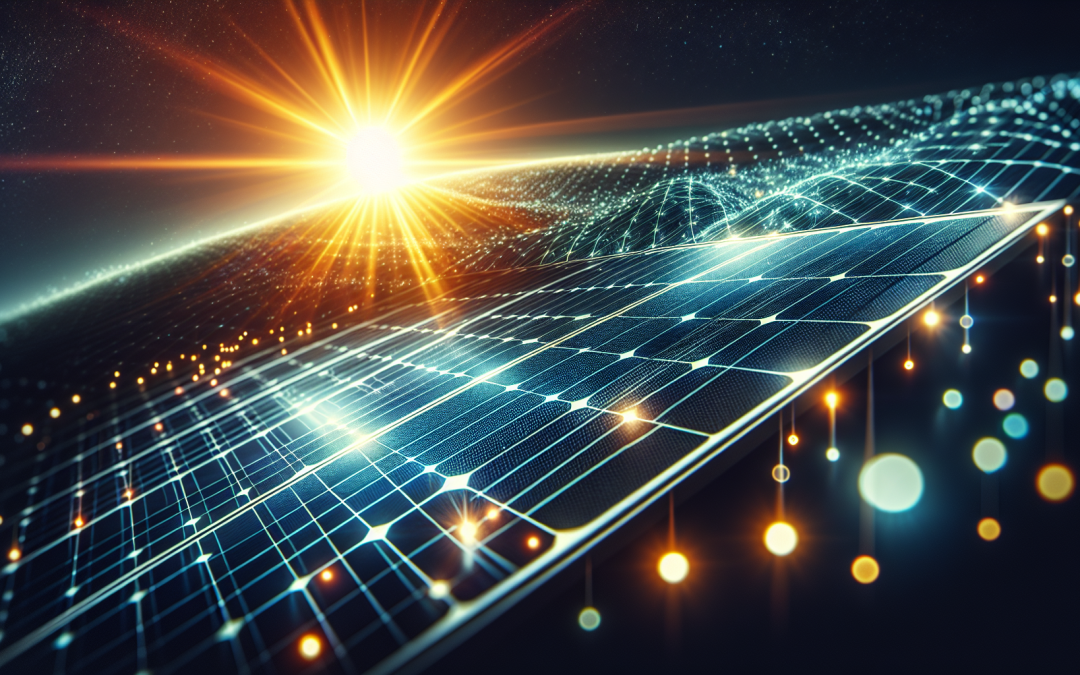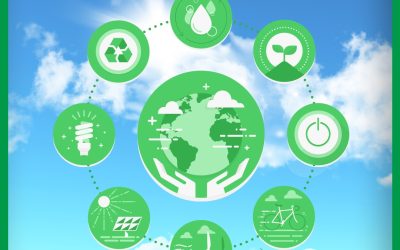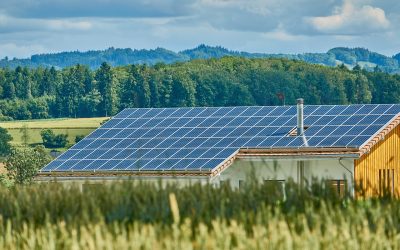So you’re looking for more flexibility when it comes to your home’s energy supply? Look no further than the world of enhanced grid-tied and off-grid options. In this article, we’ll explore the latest advancements in energy systems that allow you to seamlessly switch between being connected to the grid and being self-sufficient. Whether you want to reduce your dependence on traditional power sources or simply have the peace of mind of a backup system, these enhanced options offer a range of solutions to fit your needs. Get ready to take control of your energy future and find out how these innovative systems can benefit you.
Grid-Tied Options
Introduction to Grid-Tied Systems
Grid-tied systems, also known as grid-connected or grid-interconnected systems, are a type of renewable energy system that is connected to the utility grid. These systems allow you to generate electricity from renewable sources, such as solar or wind, and use it in your home or business. Any excess energy produced can be fed back into the grid, while during times when your renewable energy supply is insufficient, you can draw power from the grid. Grid-tied systems are becoming increasingly popular due to their ability to reduce electricity bills and reliance on fossil fuels.
Benefits of Grid-Tied Systems
There are several benefits to installing a grid-tied system. Firstly, it allows you to reduce or even eliminate your electricity bill by generating your own clean energy. Additionally, if your renewable energy system generates more electricity than you consume, you can receive credit from the utility through a process known as net metering. Grid-tied systems also provide a reliable and consistent source of electricity, as you can rely on the grid to supply power when your renewable energy system falls short. Moreover, these systems contribute to reducing greenhouse gas emissions and combatting climate change.
Components of a Grid-Tied System
A grid-tied system consists of several essential components. The primary component is the renewable energy source, such as solar panels or wind turbines, which convert sunlight or wind energy into electricity. These sources are connected to an inverter, which converts the direct current (DC) electricity generated by solar panels or wind turbines into alternating current (AC) electricity that can be used in your home or business. A bi-directional meter is installed to measure the electricity fed into or drawn from the grid. In addition, a grid-tied system may include disconnect switches, surge protectors, and monitoring systems for optimal performance and safety.
Net Metering
Net metering is a crucial feature of grid-tied systems. It is a billing arrangement between the grid-connected consumer and the utility company, which credits the consumer for any excess electricity they generate and feed back into the grid. This credit can then be used to offset the electricity consumed from the grid when the renewable energy system is not meeting demand. Net metering allows consumers to effectively store excess energy on the grid and retrieve it later, making grid-tied systems economically advantageous.
Grid-Tied Inverters
Grid-tied inverters play a vital role in grid-tied systems by converting the DC electricity from the renewable energy source to AC electricity that can be used in your home or business or fed back into the grid. These inverters ensure that the frequency and voltage of the electricity generated by the renewable energy source match the requirements of the grid. Grid-tied inverters also provide important safety features, such as anti-islanding protection, which disconnects the system from the grid in the event of a power outage to protect utility workers.
Sizing a Grid-Tied System
Determining the appropriate size of a grid-tied system is crucial for optimal performance and cost-effectiveness. The size of the system depends on factors such as your electricity consumption, available roof or ground space for solar panels, and the amount of sunlight or wind in your area. A professional installer can assess your energy needs and design a system that meets your specific requirements. It is important to consider future energy needs and potential expansions when sizing a grid-tied system.
Challenges and Limitations of Grid-Tied Systems
While grid-tied systems offer numerous benefits, they also have some challenges and limitations. One significant limitation is their dependence on the utility grid. When the grid experiences a power outage, grid-tied systems are designed to automatically disconnect from the grid for safety reasons, leaving the home or business without electricity until grid power is restored. Additionally, grid-tied systems do not provide backup power during outages, as they cannot operate independently of the grid. Therefore, if uninterrupted power supply is a priority, a grid-tied system with a battery backup or an off-grid system may be more suitable.
Advancements in Grid-Tied Technology
Advancements in grid-tied technology are constantly improving the efficiency and performance of these systems. One noteworthy advancement is the development of microinverters and power optimizers, which optimize the performance of individual solar panels by reducing the impact of shading or dust. Additionally, rapid shutdown devices have been introduced to enhance the safety of grid-tied systems by quickly de-energizing the system during emergencies. Furthermore, smart grid technologies are being integrated with grid-tied systems, enabling better monitoring, control, and communication between the consumer, renewable energy system, and utility grid.
Grid-Tied System Maintenance
Proper maintenance is essential to ensure the longevity and efficiency of a grid-tied system. Regular inspections and cleaning of solar panels or wind turbines are necessary to remove any dirt, debris, or snow that may hinder their performance. Inverter maintenance may involve firmware updates and ensuring the cooling system is functioning properly. It is also important to monitor the system’s performance through the monitoring system and address any issues promptly. Overall, regular maintenance and periodic professional inspections will help identify and resolve any potential problems before they escalate.
Cost Considerations
The cost of installing a grid-tied system varies depending on factors such as the size of the system, the type and number of renewable energy sources, and the local installation costs. However, due to advancements in technology and economies of scale, the cost of renewable energy systems has significantly decreased in recent years. In many cases, the long-term financial benefits, such as reduced electricity bills, incentives, and potential tax credits, make grid-tied systems a financially viable option. It is important to conduct a cost analysis, including upfront costs, ongoing maintenance expenses, and potential savings, to determine the financial feasibility of installing a grid-tied system.
Overall, grid-tied systems provide an accessible and reliable means of harnessing renewable energy while remaining connected to the utility grid. These systems offer numerous benefits, including cost savings, reduced carbon emissions, and increased energy independence. As technology continues to advance, grid-tied systems are becoming increasingly efficient and integrated with smart grid technologies, further enhancing their performance and capabilities. However, it is important to consider the specific needs and limitations of your location and energy consumption before deciding on the best grid-tied option for your home or business.










